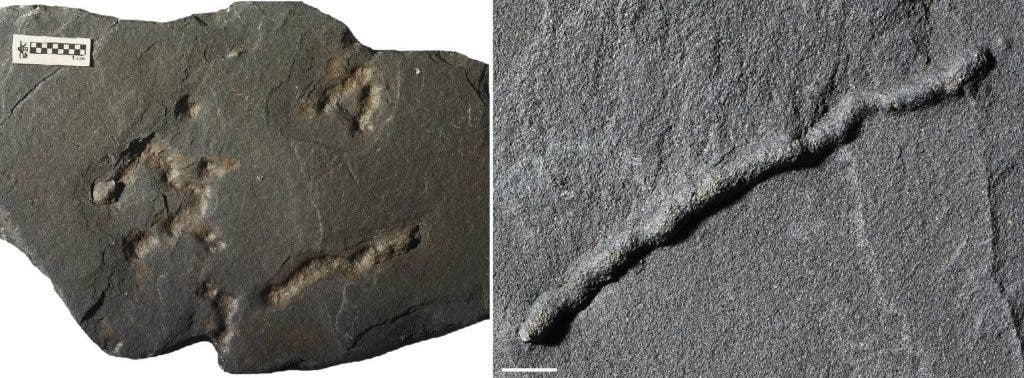Life on Earth has sure come a long way in the past billion years, but one particular ability may have developed much earlier than we thought: mobility.

Unicellular life is clearly successful — it’s been around for more than 3 billion years and it’s still going as strong as ever. But that’s not to say that pluricellular life doesn’t have anything going for it. For starters, it’s immensely more complex and diversified, capable of filling more niches and developing entire ecosystems which would be impossible in the single-celled world.
Another advantage is mobility — or rather, potential mobility. Not all multicellular life is mobile (take plants for example), but much of it is. Now, researchers have found the earliest evidence of mobility, and it dates from a whopping 2.1 billion years ago.
Up until recently, paleontologists thought that the earliest multicellular life emerged some 600 million years ago. But geologist Abderrazak El Albani and his team at the Institut de chimie des milieux et matériaux de Poitiers found a geological deposit in Gabon with evidence of multicellular life, dating from 2.1 billion years ago. Now, analyzing fossils from the same deposit, El Albani and colleagues have found traces of mobility, showing that this ancient life was probably much more sophisticated than we gave it credit.

More than 2 billion years ago, the world was a much different place than it is today, and one of the most striking differences was the lack of oxygen. Oxygen was only starting to accumulate in the atmosphere only around 2.2 billion years ago. Although it was produced by microorganisms for a long time, it couldn’t build up to any significant degree because of the vast deposits of unoxidized sulfur and iron — only after these sinks had been filled up and all the iron and sulfur oxidized, could the oxygen finally start to build up. The creatures that El Albani found traces of lived at the same time this transition was happening.
The evidence is a set of sinuous and tubular structures. Their diameter is about a few millimeters, running through what is now fine layers of sedimentary rock. During their lifetime, these creatures inhabited a simple, shallow marine environment. Chemical analysis revealed the biological origin of these structures and that they appeared at the same time the sediment was deposited.
The traces lie next to fossilized microbial biofilms, which formed thin layers in the sediments. It seems quite likely that the organisms behind this phenomenon moved around for nutritive elements and oxygen — both of which were produced by cyanobacteria.
So what exactly were these creatures? It’s hard to say. However, researchers suggest they may have been somewhat similar to colonial amoebae. Amoebae are generally single-celled animals, though some multicellular creatures have amoeboid cells. These cells can sometimes live individually, or, when resources are scarce, clump up together, forming a slug-like colony which moves in search of a favorable environment and more resources. This is what researchers believe they have come across — or at least a primitive manifestation of this phenomenon.
This study also casts an important question about the evolution of this mobility feature: why do we have this big gap, between most findings which date from 0.6 billion years ago, and this one, which dates to 2.1 billion years? Did mobility evolve back then and continuously develop but we just haven’t found traces of it, or was this experiment cut short by an unforgiving environment?
For now, the jury is still out.
The study “Organism motility in an oxygenated shallow-marine environment 2.1 billion years ago ” by Abderrazak El Albani et al has been published in PNAS. DOI: 10.1073/pnas.1815721116



